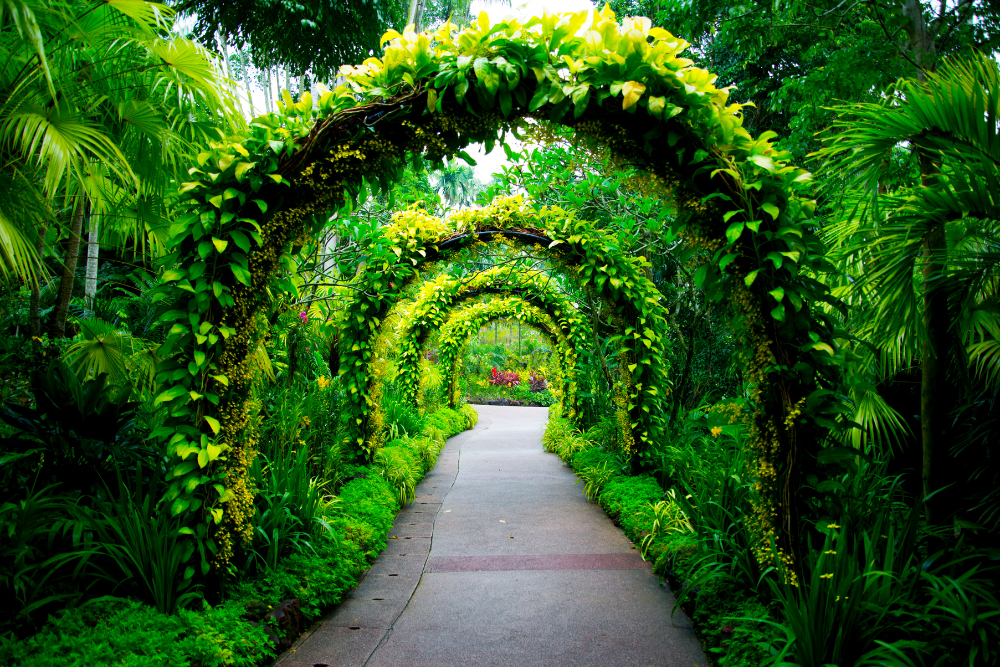Singapore is a fascinating blend of old-world charm and futuristic innovation, where history, tradition, and modernity coexist in harmony. Its unique skyline and architecture are a testament to its rapid development, yet many of the city’s buildings and structures also pay homage to its rich cultural heritage. The architectural landscape of Singapore is constantly evolving, with new designs pushing the boundaries of innovation while still respecting the city’s past. Here are some of the most striking architectural wonders in Singapore that beautifully blend the old and the new.
1. Raffles Hotel: Colonial Elegance Meets Modern Luxury
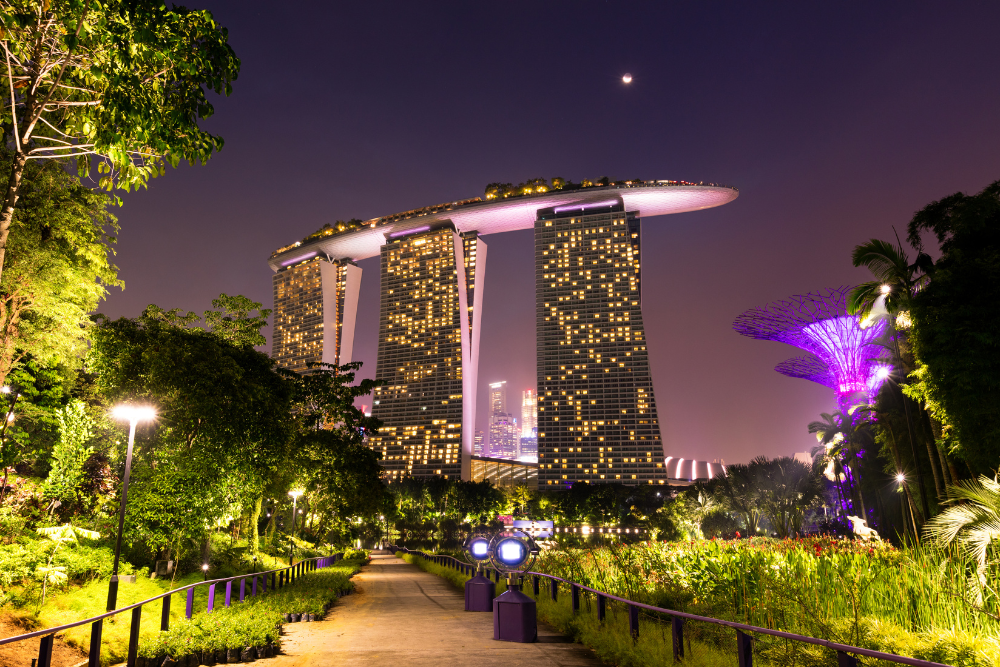
Best for: Colonial architecture, heritage preservation
Location: Beach Road
Raffles Hotel, a name synonymous with elegance and history, stands as one of Singapore’s most iconic landmarks. Opened in 1887, this colonial-style hotel has been a symbol of luxury and sophistication for over a century. Its distinctive Victorian architecture, complete with ornate verandas, arches, and a central courtyard, takes visitors back to the colonial era when Singapore was a bustling port town.
- Architectural Features:
- The hotel showcases colonial architecture, with its whitewashed exterior, large colonnades, and grand, airy spaces.
- The lush, open-air Raffles Courtyard provides a beautiful green space that contrasts with the hotel’s grandeur.
After undergoing a major renovation in recent years, the hotel now offers a blend of classic and modern touches, such as contemporary interiors while preserving its historical charm. This fusion of old and new makes Raffles Hotel an architectural wonder that symbolizes Singapore’s respect for its heritage while embracing modern luxury.
Why Visit: Raffles Hotel is a timeless symbol of Singapore’s colonial past, while its recent renovations showcase how historical structures can be adapted to fit modern-day needs without losing their character.
2. Marina Bay Sands: The Pinnacle of Futuristic Design
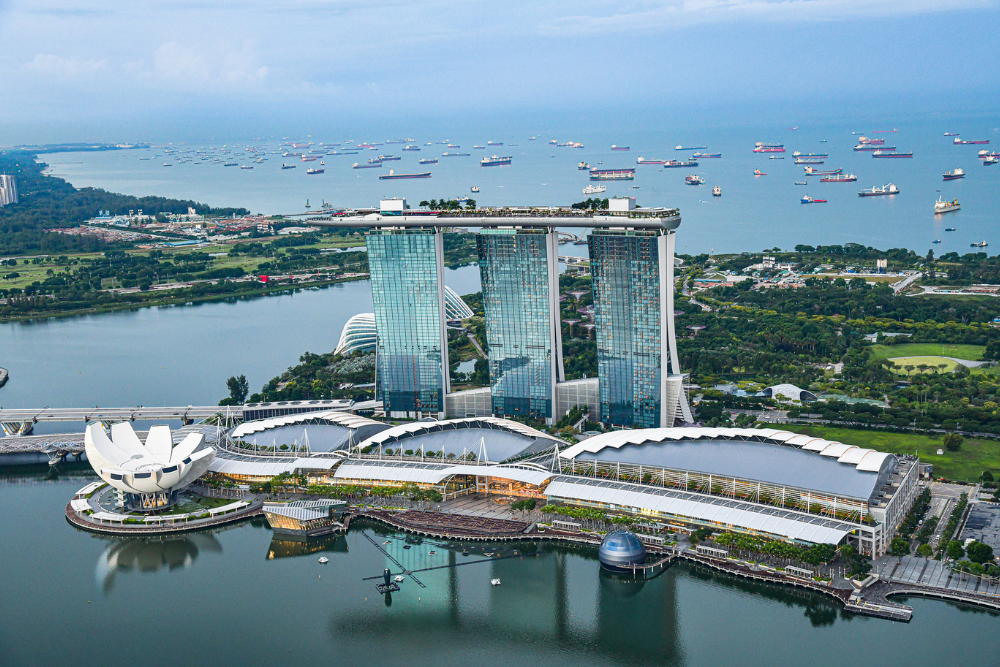
Best for: Modern, futuristic architecture, integrated resorts
Location: Marina Bay
One of the most recognizable buildings in Singapore, Marina Bay Sands has transformed the city’s skyline. Designed by architect Moshe Safdie, this integrated resort is composed of three towers that are connected by the stunning SkyPark at the top. The striking design of the resort is often described as futuristic, with its sleek, curved lines and innovative use of space.
- Architectural Features:
- The SkyPark on the roof, which features a 72-meter infinity pool and stunning views of the city, is a true engineering marvel.
- The three-tower structure is supported by an innovative cantilever, which allows for the SkyPark to extend dramatically over the towers.
- The ArtScience Museum, designed to resemble a lotus flower, is located right next door to Marina Bay Sands, further blending art, science, and architecture.
While Marina Bay Sands is an epitome of contemporary design, its location in the heart of Singapore’s Marina Bay area signifies how modern architecture can be integrated into an established, bustling cityscape.
Why Visit: The cutting-edge design of Marina Bay Sands demonstrates how futuristic architecture can coexist with the city’s natural beauty, creating an iconic landmark that reshapes the urban skyline.
3. The Esplanade – Theatres on the Bay: Modern Culture with a Touch of Tradition
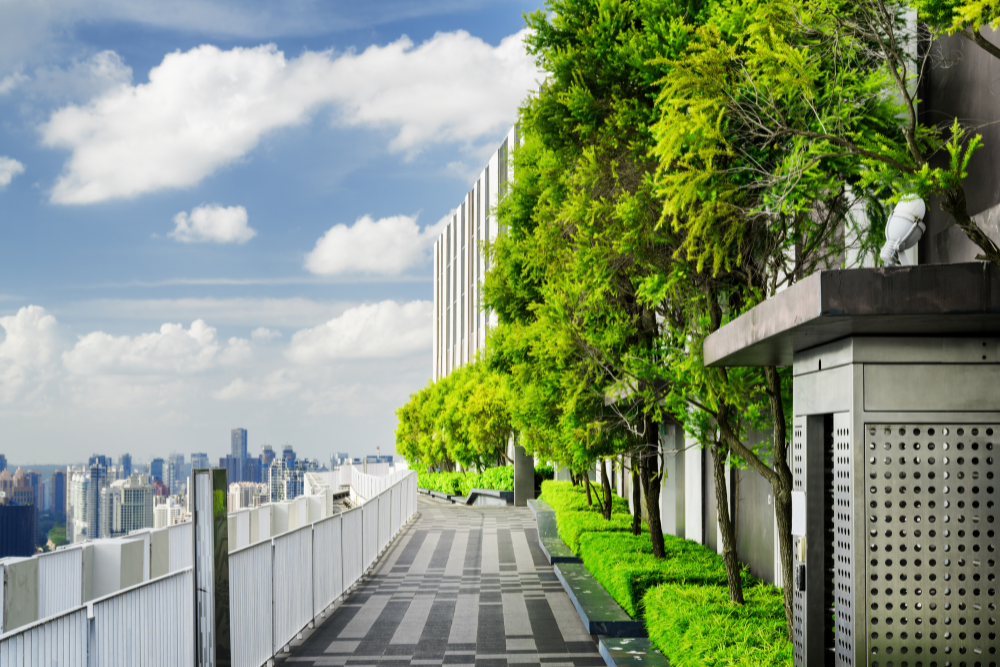
Best for: Performing arts, iconic modern design
Location: Marina Bay
Often called “The Durian” due to its distinctive spiky shape, The Esplanade is a modern performing arts venue that combines both cutting-edge design and Singapore’s cultural heritage. Opened in 2002, it’s a symbol of the city’s commitment to promoting the arts, and its architectural design reflects the fusion of art and engineering.
- Architectural Features:
- The building’s unique spiky dome roofs are inspired by traditional Malay roof structures, and they resemble the durian fruit, which is beloved in Southeast Asia.
- The exterior is made up of thousands of triangular glass and steel panels that allow natural light to penetrate the interior, creating a dynamic space for artistic performances.
- Inside, the concert halls and theaters feature world-class acoustics, making it a perfect venue for music, dance, and theater performances.
The Esplanade is a prime example of how modern design can be both aesthetically pleasing and culturally relevant, offering a stunning visual centerpiece in Marina Bay while remaining rooted in Singapore’s cultural identity.
Why Visit: The Esplanade embodies Singapore’s dedication to cultural enrichment and showcases how architecture can serve both as an artistic statement and as a functional space for the performing arts.
4. Chinatown: Preserving Heritage Amidst Modern Development
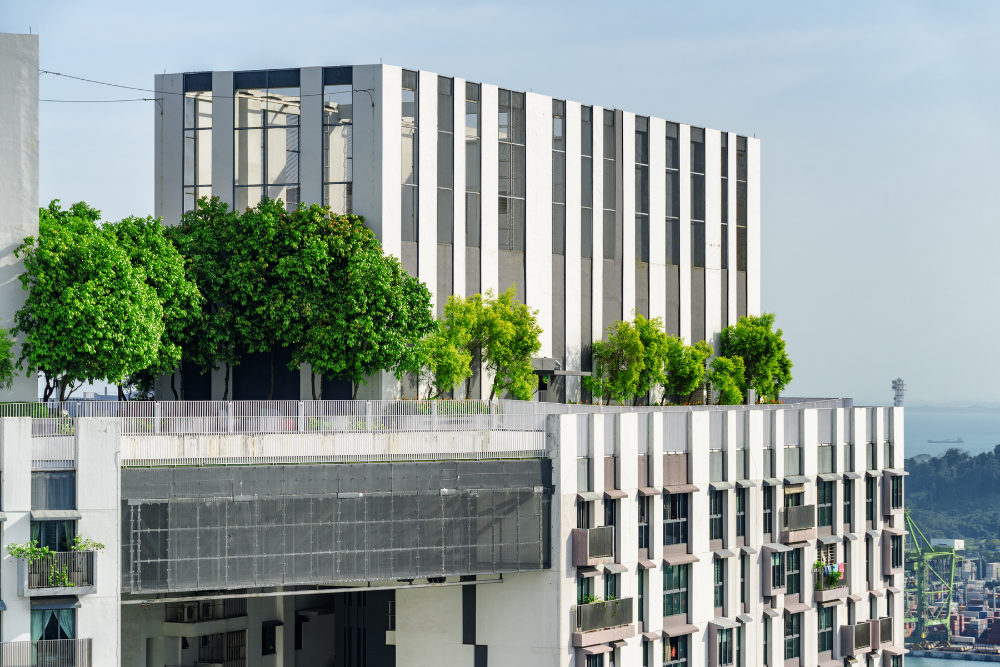
Best for: Heritage architecture, bustling markets
Location: Chinatown
Singapore’s Chinatown is a vibrant area where old shophouses coexist with modern developments. While the area has undergone significant gentrification over the years, many of the heritage buildings remain intact, offering a glimpse into the past.
- Architectural Features:
- The shophouses, characterized by their narrow, multistoried facades, ornate windows, and decorative balconies, reflect the traditional Chinese architectural style that was prevalent in the 19th century.
- The pagoda-style roofs of temples like the Sri Mariamman Temple and Thian Hock Keng Temple offer intricate designs that speak to the area’s rich religious and cultural history.
- Modern developments, such as the Chinatown Point mall, blend seamlessly with the historic structures, preserving the charm of the district while offering contemporary conveniences.
Chinatown exemplifies how a district can evolve while preserving its cultural roots, striking a perfect balance between the old and the new.
Why Visit: Chinatown offers an authentic experience of Singapore’s rich cultural heritage while allowing you to see how old buildings can be integrated into a modern, urbanized setting.
5. The Old Hill Street Police Station: A Heritage Building Gets a New Lease on Life
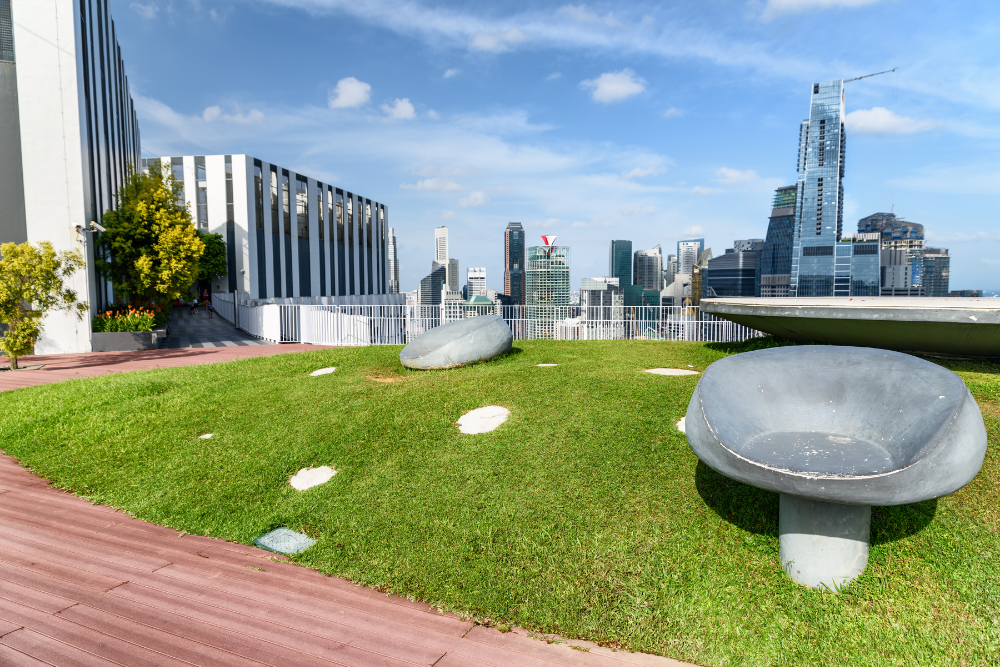
Best for: Colonial architecture, adaptive reuse
Location: Hill Street
The Old Hill Street Police Station, built in 1934, is an example of Singapore’s colonial architectural heritage. Its bright, colorful façade, with its neoclassical design and rows of arched windows, once housed the Singapore Police Force. However, this heritage building has since been repurposed for new use.
- Architectural Features:
- The building’s art deco-inspired design, with its striking symmetry and bold lines, stands out amidst the city’s more modern constructions.
- The colorful facade, which features rainbow-colored windows, is a nod to Singapore’s vibrant identity and adds a unique visual element to the city.
- The adaptive reuse of the building is a perfect example of how Singapore preserves its historical landmarks while finding new purposes for them.
Now home to the Ministry of Communications and Information, the building reflects Singapore’s commitment to preserving its history while ensuring that old buildings are given new life and relevance in a modern context.
Why Visit: The Old Hill Street Police Station is an example of how adaptive reuse of historic architecture allows Singapore to preserve its rich history while embracing contemporary needs and uses.
Conclusion
Singapore’s architectural landscape is an inspiring blend of the old and the new, where colonial buildings, traditional designs, and modern skyscrapers coexist in harmony. From the timeless elegance of Raffles Hotel to the futuristic beauty of Marina Bay Sands, Singapore offers a dynamic range of architectural marvels that reflect the country’s rapid modernization while preserving its rich cultural heritage. These architectural wonders demonstrate how innovation can coexist with tradition, making Singapore a city that embraces both its history and its future.



